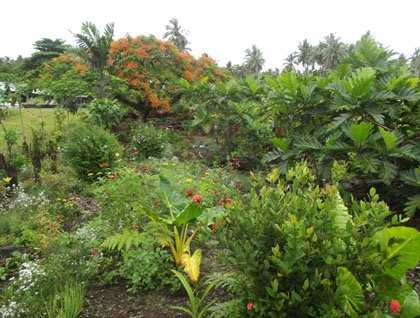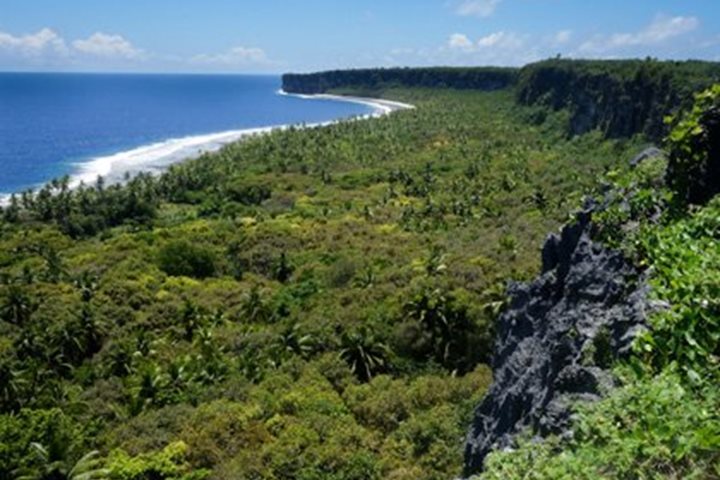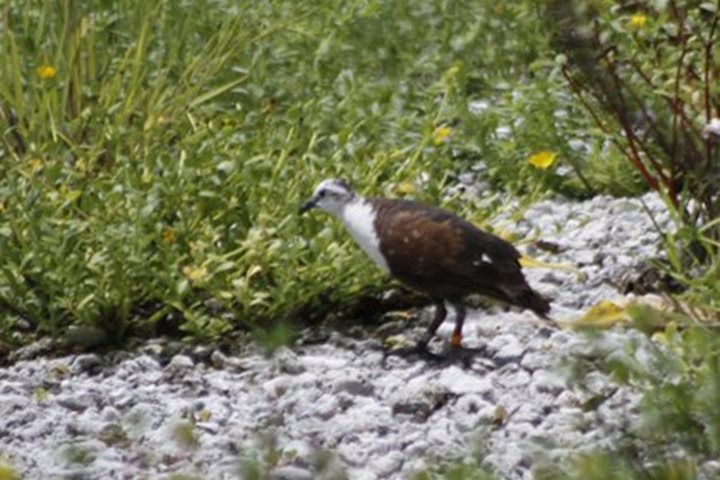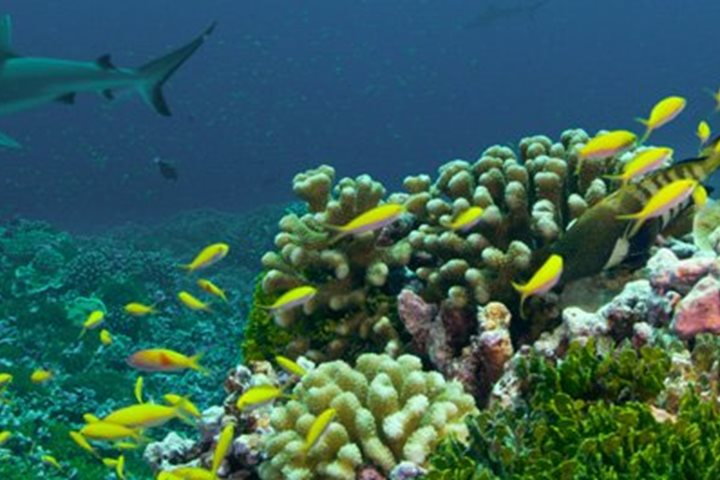The Samoan Archipelago is a cohesive group of islands--geologically, culturally, and linguistically—that has been divided through world events into two political units. In the late 19th century, several colonial powers struggled against one another in order to gain control over these beautiful Polynesian islands—like they had with all the other major island groups in the South Pacific. As it developed, Germany gained control over the western Samoan islands and the Americans got control of the eastern Samoan islands. With end of World War I, New Zealand took over the administration of the German region, and then oversaw its independence in 1962, first as Western Samoa, and now officially as Samoa.
The Samoan islands used to be known to European explorers as the “Navigator Islands” because the Samoans exhibited phenomenal seafaring skills. Samoa was part of the triad of island groups (along with Tonga and Fiji) in which the Polynesian culture developed several thousand years ago. Samoan navigators were the first to spread far and wide into the Pacific Ocean, reaching the Marquesas perhaps as early as 300BC. From there, Polynesians eventually found virtually every habitable island located within the immense triangular region delineated by Hawaii in the north, Easter Island in the east, and New Zealand in the south. This is the area known as Polynesia, and it is the largest culture sphere in the history of the world, covering about 25 million square kilometers.
Early this morning, we berthed in the capital city of Apia, located on Upolu Island. We spent the entire day exploring the island, with people going in many different directions. As we travelled about the island, everyone must have been pleased by the almost overwhelming colors of flowering plants everywhere. This phenomenon was seen everywhere, including home gardens, roadsides, and open, undeveloped lands, as well as huge flowering trees within the surrounding forests. Samoa seems quite progressive in many ways and we were impressed with the cleanliness of the towns and countryside (there is a strong recycling attitude here). It was sad to hear of the misfortunes this island has endured in recent years with a devastating tsunami in 2009 that wiped out a village, and many lives, on the southeastern side of the island, followed by a severe cyclone a couple years later that did much physical damage both on land and below the sea surface. There was very little evidence of any of this now during our touring around the island. It seems the perfect, idealized tropical paradise, and the wonderful friendliness of the Samoan people only adds to that sense.
Some of us went bird watching and were rewarded with sightings of at least four of the endemic species. However, everyone was able to see the amazing Pacific golden plovers, regardless of what they chose to do today. These attractive shore birds fly incredible distances from the Arctic tundra in order to spend their time here during the inhospitable Boreal winter. The plovers were quite common on the open, grassy areas, as were banded rails. A few of us went hiking into the interior of the island to see some of the lush, tropical beauty for which Samoa is known and ate lunch in a local village. Others enjoyed cultural and historical outings, which included kava ceremonies, dance performances, and visits to private houses to see how the Samoans live. Several of us were treated to a lunch feast at a private family complex. We learned much about Samoan culture by those striving to preserve the most important aspects of it in spite of the modernization of the country. A highlight for some was visiting Robert Louis Stevenson’s former domicile and a tour of the associated museum. Stevenson was a favorite son of Samoa and lived here in the 1880s and 1890s. And, of course, the dedicated SCUBA divers went out to explore the underwater world (some even went two times). Many people were genuinely sad to leave this remarkable, hospitable, and beautiful tropical land, having made some wonderful friends during the very short time of our visit.







